Motivation
I always wanted to make a system that worked on my voice commands. I started working on this project to realize my dream to be able to control gadgets/appliances with my voice commands. I made this project at home from my electronics laboratory in my garage and in my holiday time and on weekends.
System Design
The way this automation system is designed and works is as shown in the figure below. When a voice command (any voice command that I like) is uttered, it is recognized by the Tazti speech recognition software running on a PC with a microphone. Tazti then invokes a 'C' program that sends a command over the PC serial port to which a PIC board is interfaced with. The PIC micro-controller on the PIC board runs a firmware that receives the command from the serial port and interprets it. The PIC controller then toggles an output pin which drives a transistor which in turn drives a relay. The relay then controls any appliance that is connected to it.
The following figure shows the complete system design.
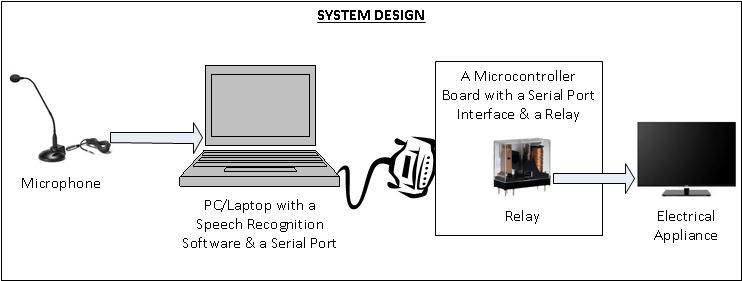
Detailed technical instructions to build this system is provided in the following sections. I will continue to update this project with more details.
Project Video on You Tube:
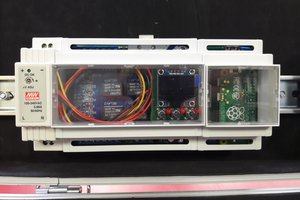
 Craig Hissett
Craig Hissett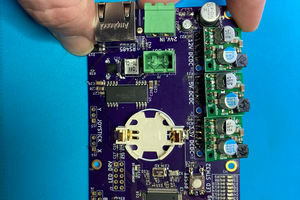
 AVR
AVR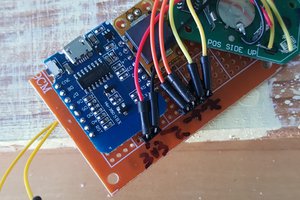
 Alexander Else
Alexander Else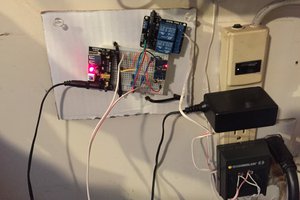
 Pete Hoffswell
Pete Hoffswell